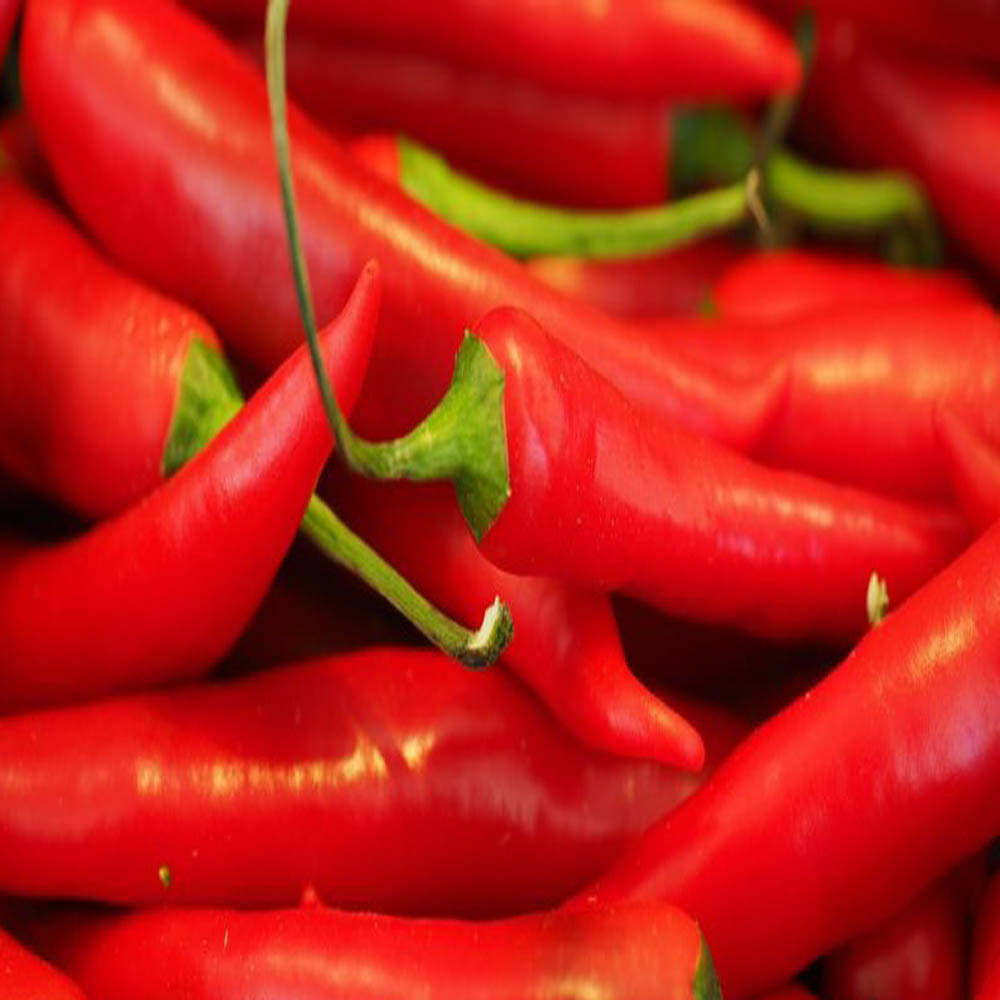
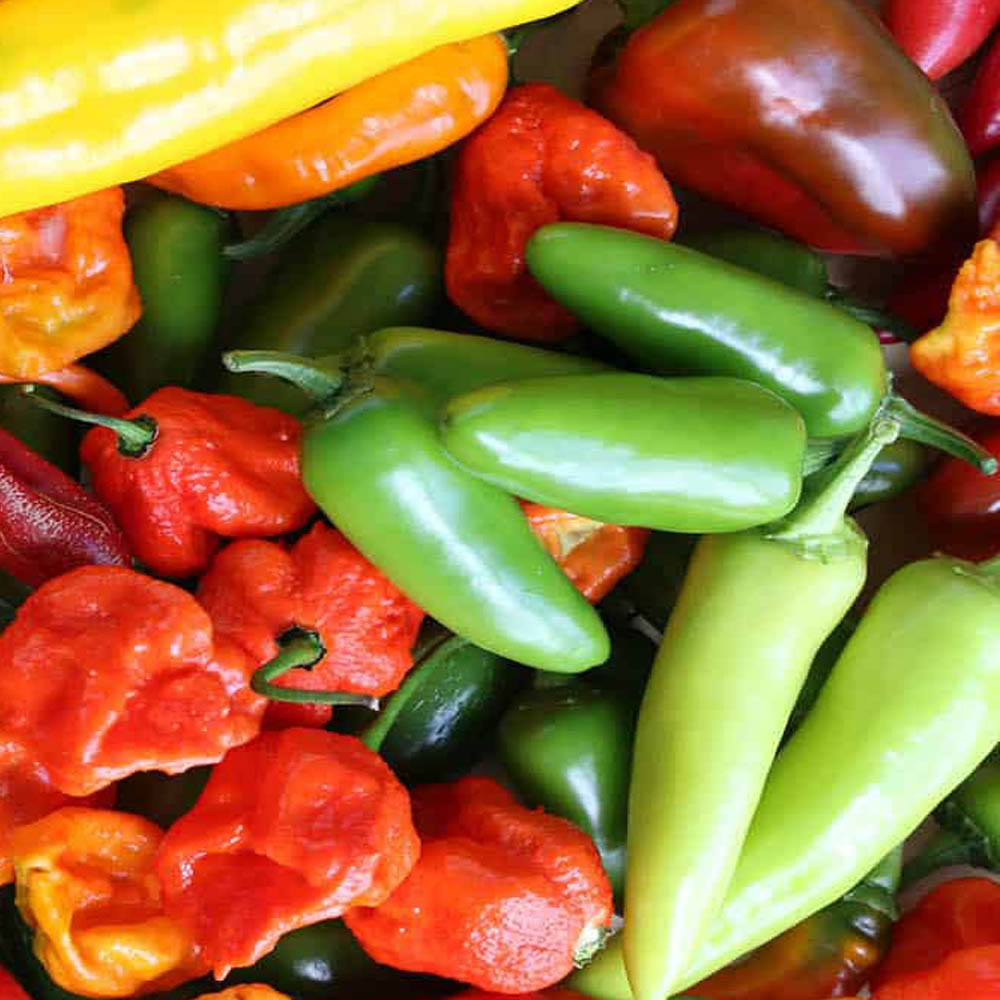
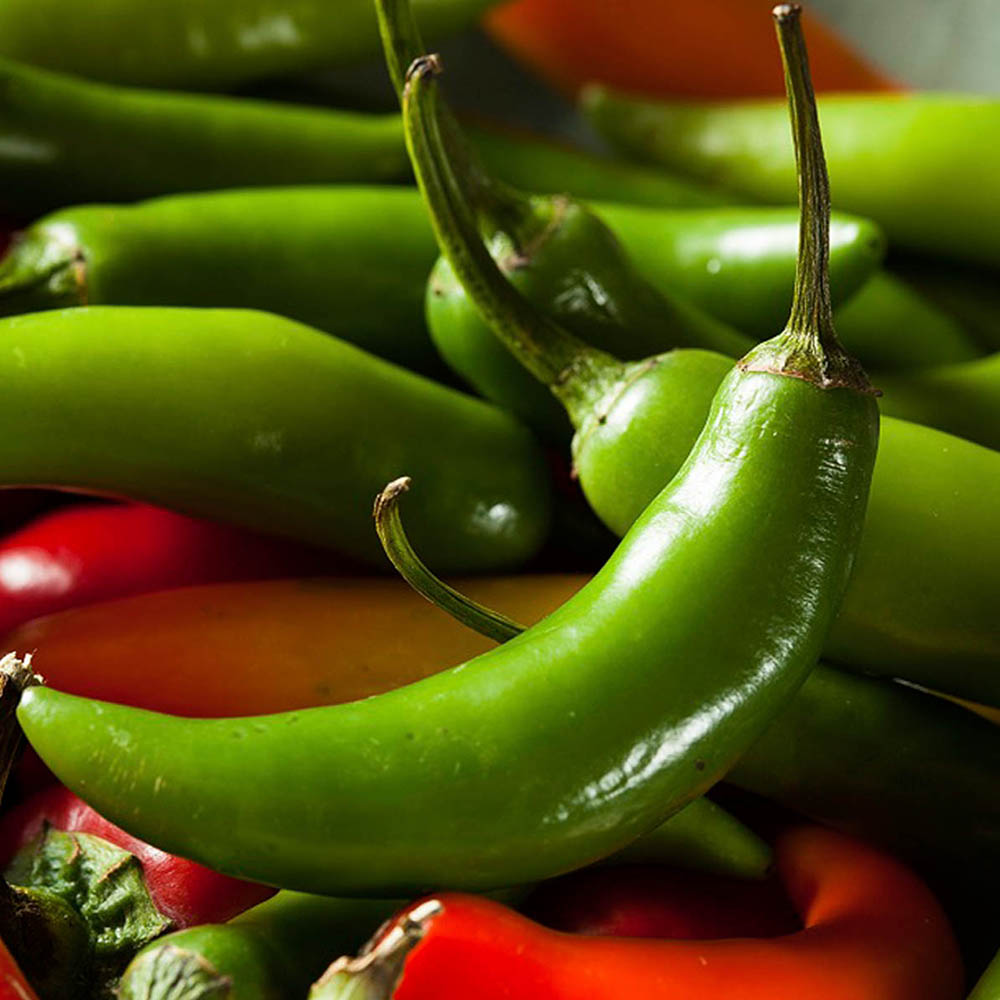
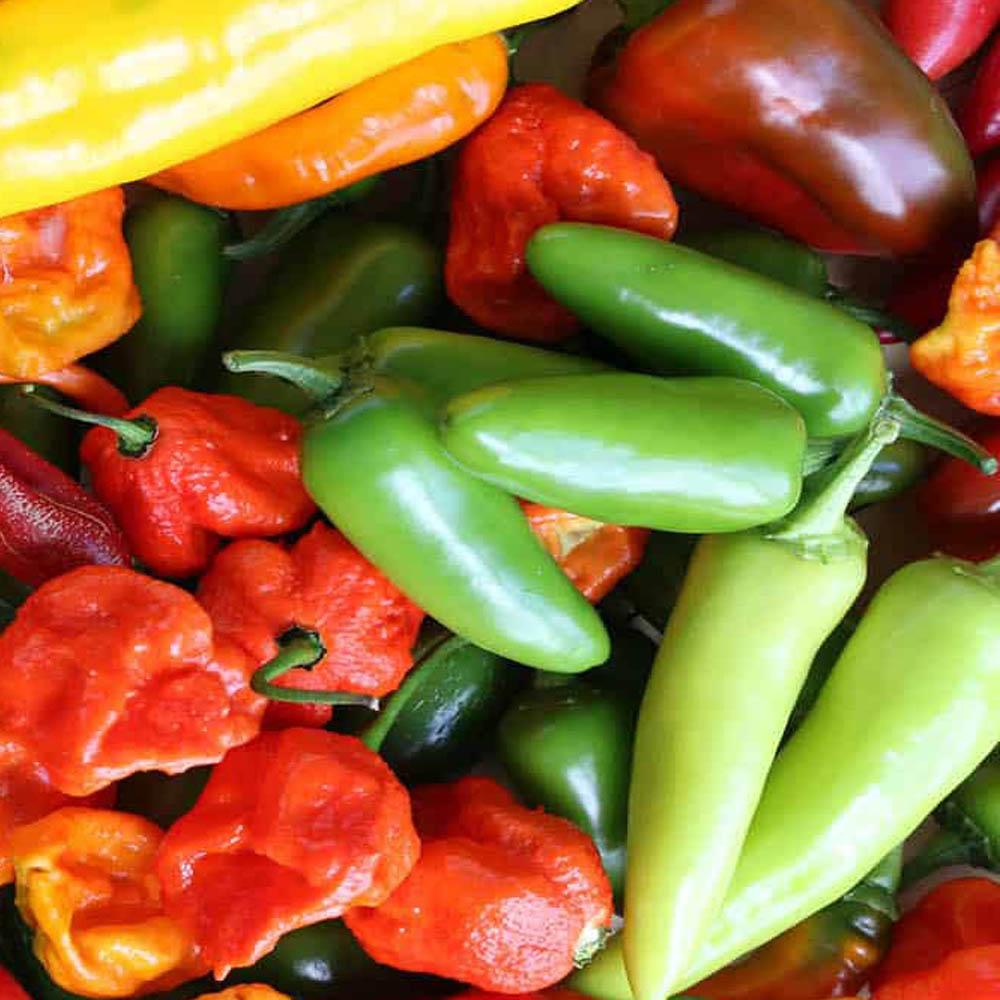
Chili/chile peppers: How hot do they get?
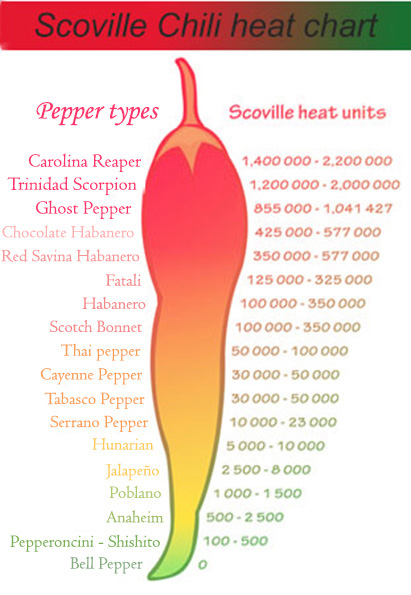

Listed below, as shown on the Scoville chili heat chart,
are the chili peppers starting with the lowest on the Scoville heat chart, Bell Peppers being on a scale heat unit of 0 and the Carolina Reaper Chili Pepper on the Scoville scale heat unit of >2 000 000
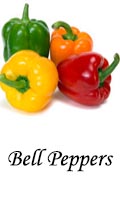
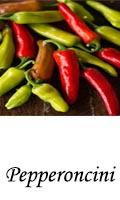
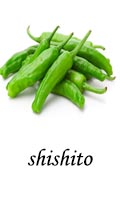
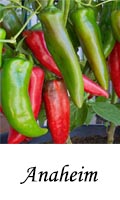
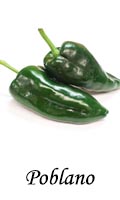
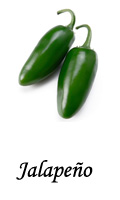
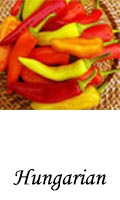
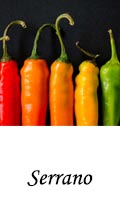
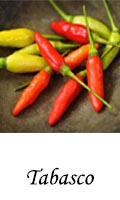
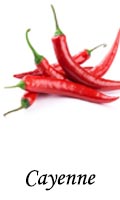


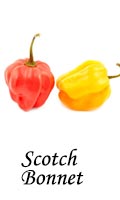
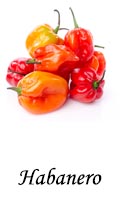
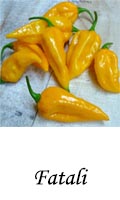
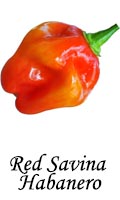
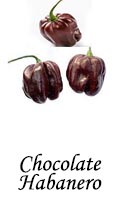
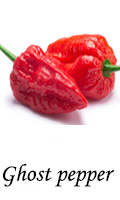
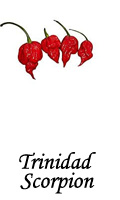
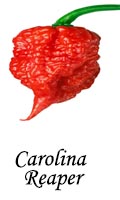
Chili peppers are varieties of capsicum pod which are hot and spicy. They range in taste from only flavoring types to really hot chili peppers.
The name of peppers can vary from region to region, hence the different spellings. It is either “chili pepper”, “chilli pepper”, or “chile pepper”. “Chilli” is more commonly used in England and Europe. “Chile” is the most commonly used in America’s Southwest regions and particularly in New Mexico. “Chile” is actually the Spanish spelling and pronunciation of the word. However, “chili” is more common in general usage and spelling, an Americanized spelling of the original “Chile” spelling that came out of Mexico.
The Scoville Scale is a measurement of the heat and pungency of chili peppers where each pepper is recorded in Scoville Heat Units (or famously known as SHUs).The heat of a pepper is measured using Scoville units: The scale ranges from 0 as in bell peppers all the way to over 2,000,000 as in the spiciest chile in the world, the Carolina Reaper Pepper and the Trinidad scorpion.
What creates that burning sensation on our tongues and makes us sweat is the capsaicin. It’s the chemical compound found in peppers, and you can find it in the oil residing in the pepper or seeds.
18 recipes selected, Page 1 of 1
18 recipes selected, Page 1 of 1























